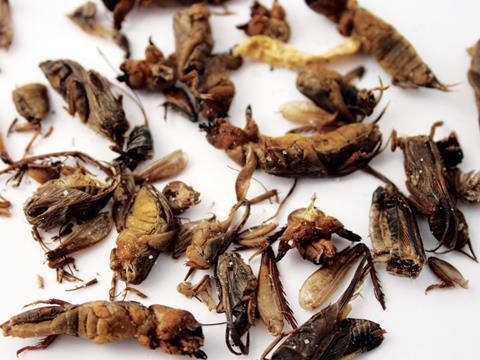
The bakery section of Fazer Group, one of Finland’s largest food companies, has created what it claims to be a world first in insect-based food. Fazer Sirkkaleipa (Finnish for Fazer cricket bread) went on sale last Friday in grocery stores across Finland’s major cities, with each loaf containing 70 dried house crickets.
After being ground down to a powder, the crickets are added to the bread’s flour, accounting for 3% of the product’s overall weight and adding a source of protein, good fatty acids, calcium, iron and vitamin B12, according to Fazer.
Selling insects as food was banned in Finland until recently, but Finnish legislation was amended unexpectedly on 1 November to allow insect-based foods to hit the market. The UNFAO has encouraged the use of insects as a source of human food as they contain high levels of protein and minerals, produce less greenhouse gas and ammonia than most livestock, and require less space and money to farm. Crickets, for example, require six times less feed than cattle, four times less than sheep, and twice less than pigs and broiler chickens to produce the same amount of protein [UNFAO].
The health benefits of insect foods are undeniable. They’re sustainably sourced and they’re becoming more widely available, with edible insect manufacturers such as Jimini’s now on sale in Selfridges, Planet Organic and Fortnum & Mason. So will we all be chowing down on crickets in our tea breaks soon?
Entomophagy, the practice of eating insects, has been accepted and commonplace in many parts of the world for hundreds, if not thousands of years, yet insect-based food products have only relatively recently entered the Western market. Insect-based foods and protein powders have been hailed by nutritionists and trend experts alike as ‘the next big thing’ for years, and the logic behind this seems sound. Consumers are increasingly health-conscious, protein has never been more sought after, and the millennial generation are more focused on sustainability and saving the planet than their predecessors. Ergo, insect-based foods should be a hit.
Unfortunately, such logic, however sound, doesn’t take into account the ‘ick factor’. The relatively new concept of edible insects just hasn’t appealed thus far to the British masses, despite their numerous benefits and the heroic efforts of companies such as Eat Grub to sway public opinion. As the FAO Forestry Paper (2013) on edible insects put it, for Western cultures insect harvesting has been associated with the hunter-gatherer era and in turn with ‘primitive’ forms of food acquisition.
Over time, the perception of edible insects can hopefully be turned around and ingratiated into the mainstream, not least because the potential for insect protein extends far beyond grocery shelves. The search for new, alternative and sustainable protein sources for farmed livestock is increasingly critical – and insects could well provide the answer.
As a natural food source for many animals including chicken and fish, insects could provide farming livestock with much of the protein they require. What’s more, many insect species can be farmed on a diet of organic waste and manure.
FAO scientists conducting feeding trials on various animal species including rainbow trout, catfish, pigs and chickens found insect meal was able to replace 25%-100% of soymeal or fishmeal in the animals’ diet with no negative effects. Crucially, the study noted that the smell and texture of fish was not altered by an insect diet of black soldier fly larvae.
All of which begs the question: why is insect feed not common practice already? Though insects can be legally farmed and sold for human consumption in the UK, the use of insect protein for animal feed is far more contested.
Despite years of discussion about the uses and benefits of insect-based animal feed, progress has been slow. In December 2016 the EU Commission voted to allow insect-derived protein into the aquaculture feed market from July 2017. Previously the use of insects in fish feed was prohibited by EU legislation, which required that the killing of the insects must take place in an officially registered slaughterhouse, which has proved difficult.
The use of insect proteins for other farming feeds is still banned, though the International Platform of Insects for Food and Feed (IPIFF) has stated they will be seeking to expand insect feed approval for pigs and poultry in the near future.
Hopefully, this will be just the start for greater use of insect protein in supply chains. And who knows, cricket bread may yet take off too.







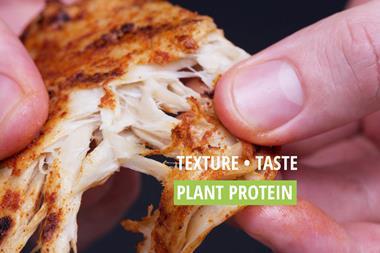

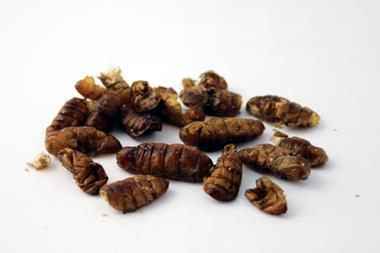
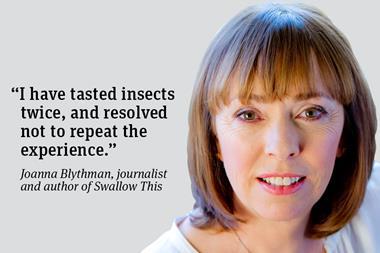
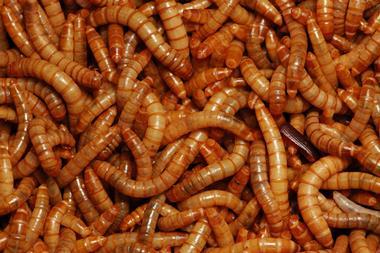
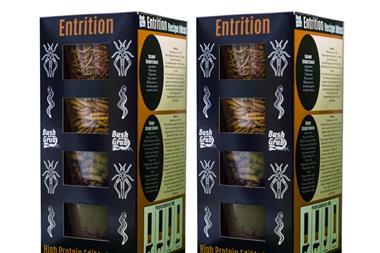


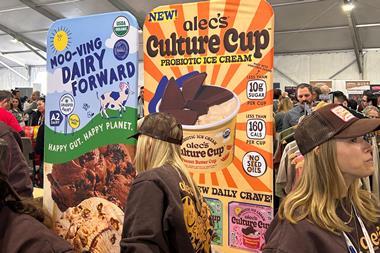
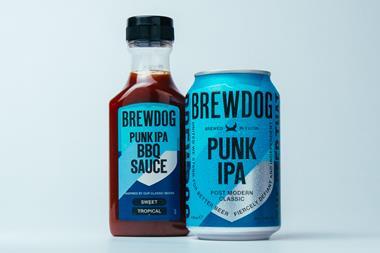


No comments yet